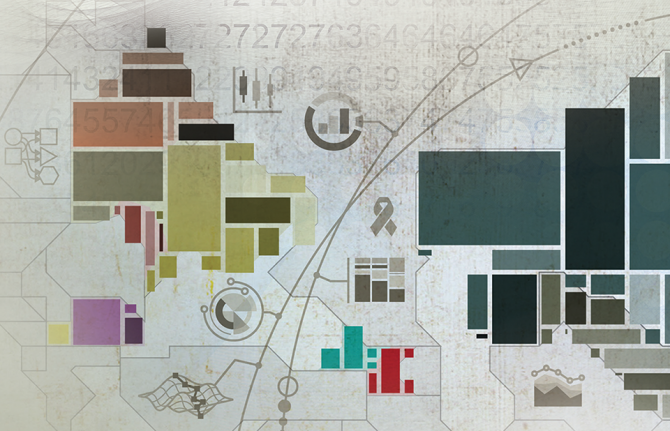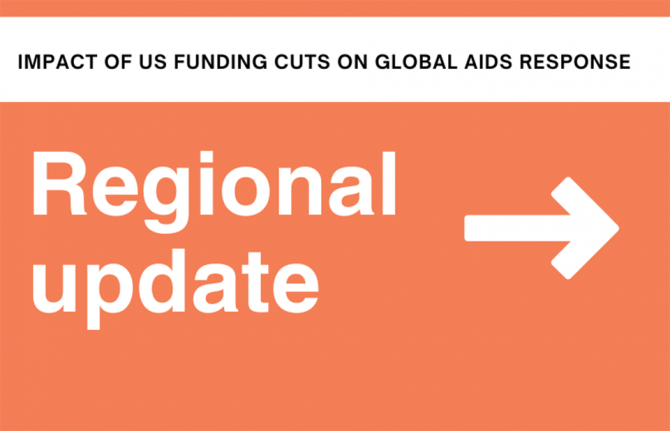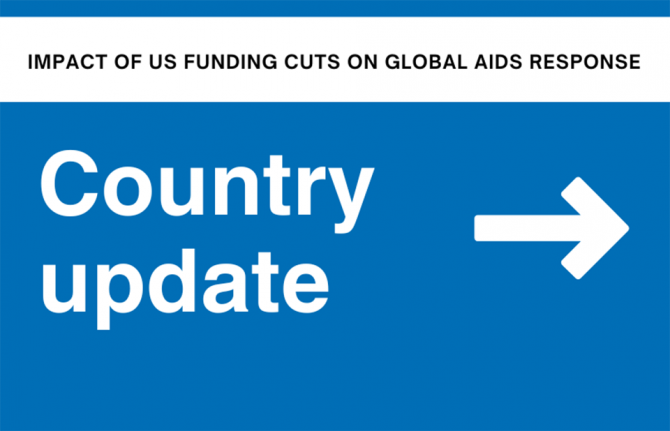

Feature Story
A way to optimized HIV investments in the EECA region
25 August 2020
25 August 2020 25 August 2020As the Global Fund to fight AIDS, Tuberculosis and Malaria—one of the main donors for the HIV response in the last 20 years in Eastern Europe and Central Asia (EECA)—is moving away from funding the HIV response in EECA, the region is looking for ways to invest their available domestic resources in a much more cost-effective way.
“There are purely epidemiologic and economic arguments behind this transition,” said Dumitru Laticevschi, Regional Manager Eastern Europe and Central Asia Team, The Global Fund. “The economies here are considerably better for the same level of disease burden than the average in the world, that’s why it is expected that the region increasingly takes care of the epidemic by itself.”
The key challenge for the Global Fund, UNAIDS and other partners is to strengthen national responses and “to squeeze the problem to a size that is manageable for the governments to take over,” added Mr Laticevschi.
A series of HIV allocative efficiency studies conducted in 2014 in the region with support from the World Bank, UNAIDS Secretariat and some cosponsors, the Global Fund, USAID/PEPFAR and other partners, recommended countries to prioritize investment in the most cost-effective interventions to maximize health outcomes, including updating HIV testing and treatment protocols, reducing treatment costs, and optimizing service delivery. The studies were based on the Optima HIV mathematical modelling approach which has been applied in over 60 countries globally to help support HIV-related investment choices.
Recently, a new wave of the allocative studies was concluded in 11 countries of the region (Armenia, Azerbaijan, Belarus, Georgia, Kazakhstan, Kyrgyzstan, Moldova, Romania, Tajikistan, Ukraine, and Uzbekistan). Individual reports with a set of recommendations for each country, as well as a regional report with aggregated results from the eleven-country analysis are available here.
“We provided the technical support for these analyses,” said Sherrie Kelly, Team Lead HIV, TB, and Malaria Applications, Burnet Institute who supported the 2014 and 2019 studies in EECA. “We have the models in place and work with the national teams. The countries are the owners of the projects, data, and results. We are just the mathematical modelers.”
The modeling is informed by demographic, epidemiological, behavioural and other data, as well as expenditure estimates provided by national teams and available in the literature. The epidemic model is overlaid with a programmatic costing component and a resource optimization algorithm. Results are intensively discussed and validated by national teams and key stakeholders from respective countries. The UNAIDS Secretariat facilitated the entire process to ensure the capacity of national partners to facilitate optimized health spending was strengthened.
“We hope that the recommendations from the study will help our national partners to adjust National Strategic Plans and to focus on the most efficient, cost-saving interventions with maximum health outcomes and will not only save money, but will save people’s lives,” said Alexander Goliusov, UNAIDS Regional Director in EECA a.i..
Region/country
- Eastern Europe and Central Asia
- Albania
- Armenia
- Azerbaijan
- Belarus
- Bosnia and Herzegovina
- Bulgaria
- Croatia
- Cyprus
- Czechia
- Estonia
- Georgia
- Hungary
- Kazakhstan
- Kyrgyzstan
- Latvia
- Lithuania
- Montenegro
- Poland
- Republic of Moldova
- Romania
- Russian Federation
- Serbia
- Slovakia
- Slovenia
- Tajikistan
- North Macedonia
- Türkiye
- Turkmenistan
- Ukraine
- Uzbekistan


